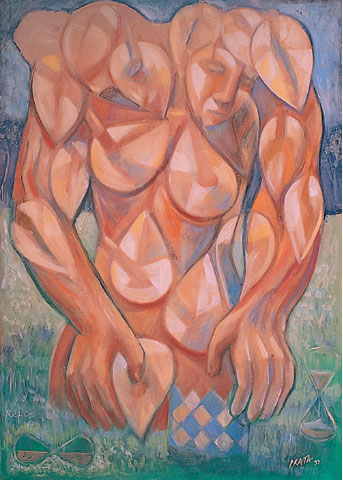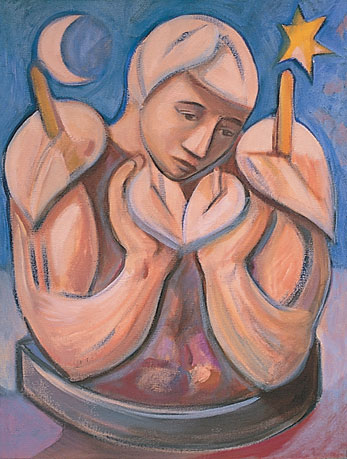
|
Last update at
|
Encaustics - Bee's wax painting |
"SEE THE WHITE LILIES OF THE COUNTRYSIDE" period.
There are two ways of painting with beeswax; the hot way (fusion) and the cold way (saponification of the wax). In using these techniques, the painting adopts a waterproof quality because of the beeswax contained within the paint. This gives the work a kind of impermeability incomparable to other techniques. It is even easier to use certain pigments that cannot be incorporated when used with oil and fresco methods. There are very few artists who adopt this technique due to a favoritism towards the oil technique and more recent mediums. One might suggest that Encaustic painting is superior to oil painting, as it is surely more water resistant than oil. You can even paint textures safely without gloss. Mr. Prata is presently one of the few Brazilian artists to use and teach this technique. "Couple"
"Heart"
Small part of the painting techniques DVD.
|
|
 |
Prata´s Art Studio - Brazil - Tel: 55 11 4035-2057 - Mobile 55 11 99597-0275 - e-mail: artista@sergioprata.com.br |



